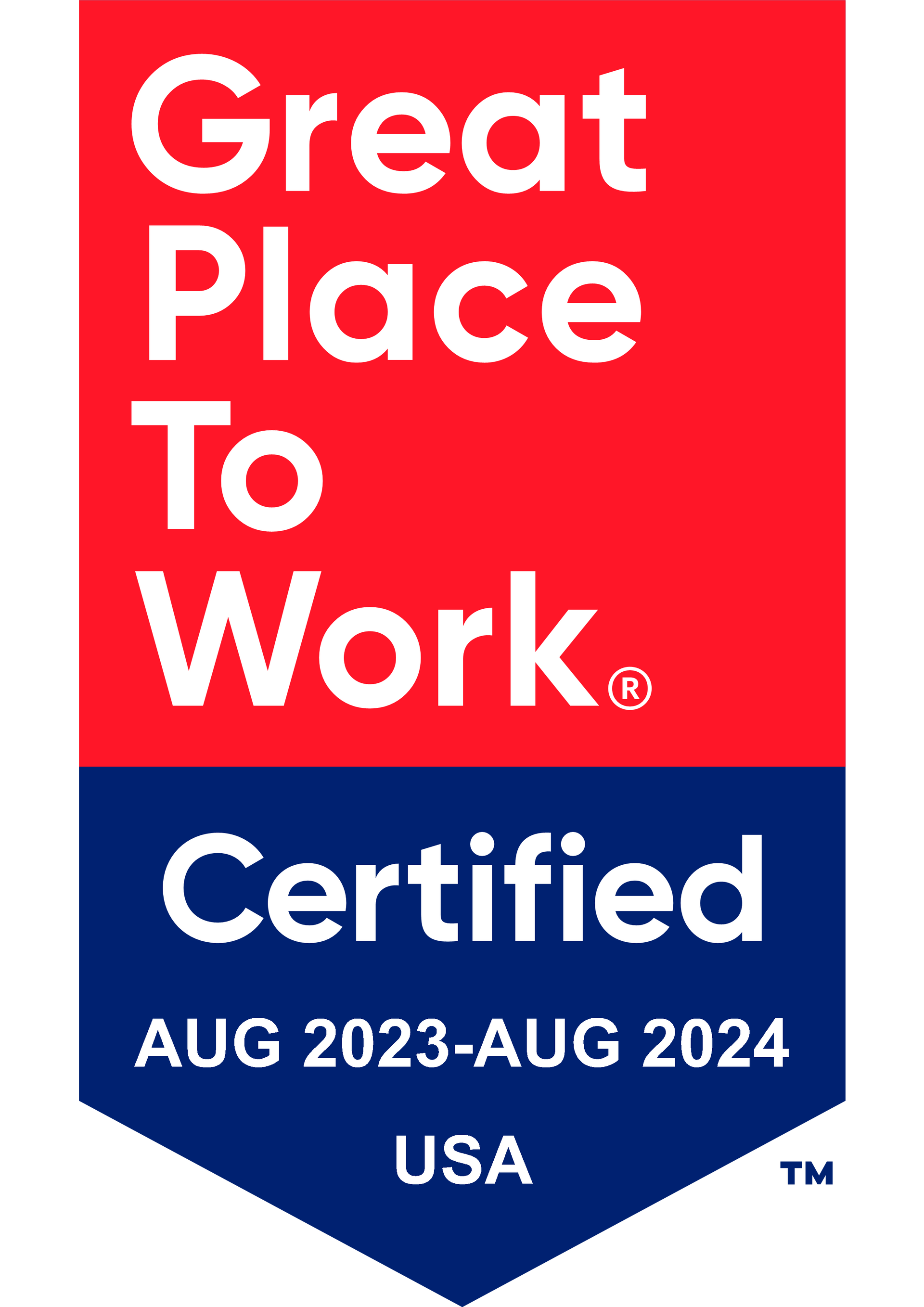Get in touch
408-366-8880
mymail@mailservice.com

Benefits of High Deductible Health Plans (HDHP)
The medical insurance landscape looks a lot different today than it did two decades ago. At one point in time, quality, employer-backed medical insurance was a given. However, with the persistent rise in healthcare costs since the early 2000s, employers have had to reassess health insurance plans and determine what makes the most sense for both the business and employees. In some instances, employers have had to make the tough decision to cut back on the health insurance benefits offered.
According to the National Business Group on Health, healthcare costs have increased by an average of 6% annually since 2015 for large employers. Small employers see even greater increases since they don’t have the same bargaining power as large employers. Small businesses don’t have the advantage of aggregating costs across a larger number of employees, either.
The National Conference of State Legislatures shows that small businesses pay an average of 8% to 18% more than large companies for similar healthcare plans.
To help offset healthcare costs, many employers have opted to offer high deductible health plans (HDHPs). Some employers only offer high deductible health plan options, while others choose to provide HDHP options in conjunction with traditional Preferred Provider Organization (PPO) and Health Maintenance Organization (HMO) health insurance options.
Below, we explore the top nine HDHP benefits and five considerations to keep in mind.

WHAT ARE HIGH DEDUCTIBLE HEALTH PLANS?
High deductible health plans (HDHPs) were not standard in the early 2000s. However, they did exist, and some employers offered them to help offset the rising costs of health insurance.
With the recession that the country felt across the board in 2008, cutting costs became a necessity for business survival. As a result, discussions about the benefits of an HDHP became more common when assessing bottom lines and the cost of benefit offerings.
By 2015, close to a third of large employers offer HDHPs only, increasing from 22% of employers in 2014 and only 10% of employers in 2010. The Kaiser Family Foundation (KFF) reported that employees participating in these plans increased from 8% in 2009 to 29% in 2016.
The Internal Revenue Service (IRS) sets the limits and guidelines for HDHPs. The plan’s deductible must be at least $1,400 for an individual and $2,800 for a family to qualify as an HDHP in 2020. It is not uncommon for HDHPs to carry individual deductibles of $3,000 or more. The out of pocket maximum can be no more than $6,900 for an individual or $13,800 for a family with an HDHP.
High deductible health plans function similarly to a traditional HMO or PPO plan. The primary difference is that the plan comes with a high deductible. Coinsurance does not kick in for the plan participant until the deductible is met. Like traditional healthcare plans, common services covered include lab tests, office visits, and prescriptions. One of the benefits of an HDHP is the fact that it can be accompanied by a health savings account (HSA) to help offset the up-front costs of a high deductible, discussed in more detail in the next section.
It is worth noting that research indicates that even if employers are not shifting to HDHPs, many are increasing deductibles of traditional plans to help offset healthcare costs and lower premiums. KFF reports that employees with deductibles over $1,000 was only 22% in 2009. That number jumped to 51% for 2016.

HDHP BENEFITS: TOP 9 ADVANTAGES
It appears that high deductible health plans are here to stay. As such, it is essential to understand the advantages and disadvantages of them to make informed healthcare decisions.
There are numerous HDHP benefits that are advantageous to the insured party. When selecting an HDHP option from their employer, employees often benefit from:
- Lower premiums
- Cost savings
- Negotiated in-network rates
- A network of providers similar to a PPO
- Out-of-Network providers being covered
- No primary care physician or referral requirement
- Having a Health Savings Account (HSA) option
- Having a Flexible Savings Account option
- Affordable Care Act (ACA) coverage
#1. LOWER PREMIUMS
Both employers and employees benefit from the lower premiums associated with HDHPs. Employers often cover the cost-sharing of HDHP plan premiums at a higher percentage than traditional healthcare plans — the goal is to encourage employees to select an HDHP over traditional plans when offered.
#2. COST SAVINGS
If plan participants rarely use their medical benefits, they might save on costs compared to paying for a traditional healthcare plan. It is possible to lower both monthly and annual costs with an HDHP.
#3. NEGOTIATED IN-NETWORK RATES
Plan participants reap the benefits of negotiated in-network rates for medical services, including doctor visits, labs, and medical tests. You are charged the negotiated rate agreed upon by the insurance company and in-network provider for services.
#4. NETWORK OF PROVIDERS SIMILAR TO A PPO
Most HDHPs operate similar to a PPO, which means plan participants have access to a more extensive network of providers than an HMO. Plan participants have more freedom to choose the doctors they prefer to go to, even when traveling.
#5. NO PRIMARY CARE PHYSICIAN (PCP) OR REFERRAL REQUIREMENT
HDHPs that operate like a PPO does not require you to select a primary care physician (PCP) as your primary point of contact for medical appointments. You do not need a referral to a specialist, such as an endocrinologist or rheumatologist, either.
#6. OUT-OF-NETWORK PROVIDERS ARE SOMETIMES COVERED
Similar to traditional PPOs, HDHPs sometimes cover a portion of the cost of out-of-network providers. The percentage covered will be less than if seeing an in-network provider. If the HDHP operates more like an HMO, then out-of-network costs, aside from the possibility of emergency services, would not be covered.
#7. HEALTH SAVINGS ACCOUNT (HSA)
Plans that qualify as an HDHP are often accompanied by a tax-sheltered health savings account (HSA). An HSA provides employees with the opportunity to deposit pre-tax money annually. The HSA contribution limit set by the IRS for 2021 is $3,600 for individuals and $7,200 for family coverage. That is a 1.5% increase over the 2020 HSA limits.
One can use an HSA to cover qualifying medical expenses, including deductibles, co-pays, dental exams, some vitamins, prescriptions, laboratory tests, and more. Employees should maintain receipts for expenses paid using an HSA for verification purposes if needed.
An additional HDHP benefit accompanied by an HSA is that money contributed to an HSA is never lost. Once the money is contributed to an HSA, it can be used at any point in the future to cover qualifying medical expenses. If an employee’s employment ends with an organization, the HSA remains and transfers with the employee. It is also possible to convert HSA funds to a 401(k) when specific criteria are met.
Employers can choose to contribute money to employees’ HSAs up to the IRS limits, as well. This provides an incentive for employees to select an HDHP. For example, an employer can choose to contribute $1,600 to an employee’s HSA in 2021, and the employee could contribute $2,000, to total $3,600.
#8. FLEXIBLE SPENDING ACCOUNT (FSA)
Traditional PPO and HMO health insurance plans are often accompanied by a Flexible Spending Account (FSA). Some high deductible plans are accompanied by an FSA instead of an HSA.
An FSA permits employees to contribute pre-tax dollars up to the annual IRS maximum allowed into the account. Like an HSA, FSA funds can cover qualified medical expenses, including prescriptions, co-pays, and chiropractor visits. Employees can often borrow against the amount they are allotted to deposit into their FSA in a given year.
Unlike an HSA, if the employee does not use all of the money contributed to their FSA during the plan year, the money is lost. If an employee leaves an organization, the FSA does not transfer with them, and again, the money contributed is lost. Therefore, employees need to be wise and utilize their FSA effectively.
If the employee has spent more than what was deposited into their FSA before leaving an organization, the money does not have to be repaid. However, the employer can request the employee repay the used funds, though there is no legal requirement on behalf of the employee to repay the money.
#9. AFFORDABLE CARE ACT (ACA) COVERAGE
High deductible health plans must comply with coverage required under the Affordable Care Act (ACA). That means that many services have to be covered or are offered at no cost with no applicable deductible.
The 10 essential benefit categories outlined and required by the Affordable Care Act include:
- Emergency services
- Prescription drugs
- Hospitalization for overnight stays, surgery, and other treatments
- Pregnancy, maternity, and newborn services
- Ambulatory patient services—Outpatient care that you might receive before being admitted to a hospital
- Laboratory services
- Mental health and substance abuse disorder benefits
- Pediatric services, including children’s dental and vision coverage
- Rehabilitative and habilitative devices and services—Treatments to help people recover or regain mental and physical skills following a disability, injury, or chronic condition onset
- Preventative, wellness, and chronic disease management services
There are 21 services that fall under the Affordable Care Act's adult no-cost preventive care treatment requirements. A sample of these services include:
- Blood pressure screening
- Depression screening
- Diet counseling
- Diabetes Type 2 screening
- Immunization vaccines
- Falls prevention for adults 65 and older
- Hepatitis B & C screening
- Lung cancer screening
- HIV screening
- Obesity screening and counseling
- Sexually transmitted (STD) infection prevention counseling
- Tobacco use screening and cessation interventions
- Aspirin use to prevent cardiovascular disease
- Cholesterol screening
- Statin preventive medication for age 40 to 75 who are high risk
Some of the additional required preventative care services for women and pregnant women include:
- Anemia screening
- Hepatitis B screening
- Folic acid
- Gestational diabetes screening
- Breastfeeding comprehensive support and counseling
- Rh incompatibility screening
- Breast cancer mammography screening every 1 to 2 years for women over 40
Some of the additional preventative care services required for children include:
- Autism screening
- Behavioral assessments for different child age brackets
- Blood screening for newborns
- Alcohol, tobacco, and drug use assessments for adolescents
- Routine depression screening for adolescents beginning at age 12

HDHP CONSIDERATIONS: TOP 5 DISADVANTAGES
While there are certainly HDHP benefits, we would be remiss if we didn’t also cover some of the disadvantages. For some, the low monthly premium does not offset the high deductible and up-front out-of-pocket costs that come with a high deductible health plan.
Additional disadvantages of a high deductible health plan include:
- High up-front, out-of-pocket costs for individuals with a chronic illness and those who must go to the doctor or have lab tests regularly.
- Plan participants might choose to forgo preventative care due to concerns about costs, leading to increased costs down the road.
- You must reach your deductible before the insurance company pays for any portion of office visits, laboratory tests, prescriptions, or surgery.
- Some may choose to forgo critical maintenance care, such as insulin shots, for health conditions due to high up-front, out-of-pocket costs, leaving room for health crises to occur and higher costs down the road.
- Not understanding how to take full advantage of a Health Savings Account and missing out on possible tax savings.
KBI PROVIDES HDHP BENEFITS THAT ARE RIGHT FOR YOUR INSURANCE NEEDS
Deciding which insurance plan is best for your organization, you, or your family is not always an easy decision. When you have choices to select from, it is a good thing, but it also requires thoughtful consideration. It's important to conduct a needs assessment and projected medical costs analysis for the upcoming year to determine the best insurance plan for you.
KBI has decades of experience supporting individuals and businesses in selecting healthcare plans to meet their needs. As qualified and reputable brokers, we have access to numerous insurance agencies that offer top-of-the-line insurance policies, including high deductible health plans. As a result, we can shop around to ensure you identify the best health insurance plan to meet your family's needs or the needs of your organization.
Our team of experts will take the stress of identifying and understanding health insurance plans off of your shoulders. We will partner with you today and in the future during open enrollment periods to ensure you’re selecting the right health insurance coverage for peace of mind.
Contact us today by submitting our online contact form or calling us at 408.366.8880. We look forward to working with you!
Services
Latest Thinking




